While much of our time this year has been spent indoors, research from the University of Cumbria reveals that nature has become more important to people during the coronavirus lockdown and, for many, protecting it has become a higher priority. Not only did the amount of time spent in nature increase among study participants, but they also took more photos of what they found while exploring the great outdoors.
The last few months have reminded us of the importance of preserving the natural environment and its many inhabitants, and it’s also shown us that beautiful landscapes exist right in our own backyards. We don’t need to travel the world to find gorgeous light, flora, and fauna; we just need to get creative and appreciate nature close to home. Photography has always been a powerful way to express that appreciation and share it with others around the globe.
500px is home to an astonishing array of landscape, nature, and outdoor photographers. Here’s a look at just 15 images that caught our eye, taking us on a journey from Yosemite to Jökulsárlón, Namibia to Bolivia, and far beyond.
Tanner Wendell Stewart came across this Bull Elk in Banff, Alberta, while braving -25°F morning temperatures. “The beauty of this world inspires me beyond words,” he says. “When capturing this moment, my heart was racing and I tried my best to be discreet and move slowly. The Bull had slept in the meadow but stood when he saw me. There was such a quiet stillness with the quiet freezing morning air that I can still vividly remember.”
“This place looks totally out of this world, especially when shrouded in thick fog,” the landscape photographer Martin Rak says, looking back on his time exploring the “earth pyramids” of South Tyrol. “This was a very unique moment when the fog was moving away and the sun started shining through.”
“It was hard to believe my eyes and senses once I stepped out of my car at the Uyuni salt flats,” Daniel Kordan admits. “It seemed that we [were floating] in the open space. Our spaceship is parked in a distance, and stars are blinking with blue, red, and yellow colors. You stand in the deep night with stars above you, [beside] you, and underneath! It’s space on Earth, isn’t it?”
Quick tip: Stay overnight
Time passes quickly, and the light changes fast, especially if you’re planning to shoot during the fleeting golden hour. If it’s allowed, consider camping close to the landscape you want to photograph; having that extra time to scout and plan can be a lifesaver. Plus, since you don’t have to rush home, you can stay out as late as you want, even after most people have left for the night.
Brecon Beacons in Wales plays host to limestone caves, verdant landscapes, rushing waterfalls, soaring peaks, and hardy Welsh mountain ponies; although it’s just a three hour’s drive from London, it feels like another world, with ancient hills and valleys dating back to the Ice Age. Here, Paul Boomsma captures its silence and mystery.
The Alberta-based photographer Annie Fu captures “ice bubble season” at Abraham Lake. “This was shot during the sunset on January 2, 2019, right before the big snow storm,” she remembers.
“The windy point was still not fully frozen yet, so we searched around and found this area [where] we had never been before was full of layered bubbles. When we were leaving the lake and heading to Yoho, the snow storm started falling down intensely.”
Mikko Lagerstedt catches the first snow in Järvenpää, with nary a footprint in sight. “There is always something magical about the first snow and how it lights up the landscape,” he wrote at the time. “The snow has all now melted, but I also love the darkness and the mood of this season.”
Quick Tip: Pack wisely
Before embarking on an adventure, double check your gear. Invest in a sturdy, solid tripod; you’re likely to shoot at narrow apertures for a wide depth of field, and that often means slower shutter speeds. You’ll also need warm clothes and reliable walking shoes.
Remember to pack any filters you need, like a neutral density filter for long exposures or a polarizer to cut down on distracting reflections (e.g., snow or water). If you’re going to a cold location, bring extra batteries, as they’ll run out quickly. If you’re planning to shoot in harsh conditions (rain or dust), take steps to protect your gear from the elements.
With that being said, avoid over-packing. There’s nothing worse than being weighed down by your gear when scouting a location, so keep your bag as light as possible, and consider a top-of-the-line camera backpack for easy access.
Sometimes, an unusual vantage point makes for an extraordinary picture. “Our backpacks almost flew over the edge and my hands couldn’t move for several minutes, but this view was definitely worth the struggle,” the Norwegian photographer Sigrid Buene remembers of her time in Reinebringen. “No one does winter better than Lofoten.”
“The dunes of Namibia are not of this planet,” the photographer Donal Boyd says. “It was such a surreal experience driving through them, [as] gales of cool Atlantic wind [ferried] sand from the shoreline inland. A forever transforming terrain.
“Hiking sand dunes is way, way harder than it looks. Two steps forward. One step sliding back. Wipe sweat off forehead. Consider turning back. Half a step forward. Consider turning back. Repeat.”
Landscape photography is often an exercise in patience. “When I went to this spot, it seemed like the sunrise would be disappointing, and the only guy who was with us already left,” Florian Wenzel remembers of this trip to the Rakotzbrücke or “Devil’s Bridge” in Gablenz, Germany. “We waited for 20-30 minutes, and then the sun broke through the clouds and the show turned on.”
Quick tip: Make several return trips
While some locations won’t allow for multiple visits, try to arrange for a few trips wherever possible. Some landscapes are popular at specific times of year, but by returning during the off-season, you’ll get to see the same location under different conditions and end up with images no one else has.
You’ll also get to know the area better over time, giving you unique insight into the weather patterns and the way the light falls throughout the day. Landscape photography is about quality rather than quantity, so you don’t have to chase every trendy new location; instead, spend as much time as you can in places you love.
This photograph by Halid Kalkan reminds us of Ansel Adams’s iconic Yosemite Valley, Winter, created in the same location during the same season 80 years earlier. Yosemite is famous for its summer season, due to the wildflowers and flowing waterfalls, but both Halid and Adams chose to document this landscape during the colder months. Throughout his lifetime, Adams made hundreds of pictures of Yosemite in the winter; Halid loves this time of year for the blanket of fog that covers the Valley.
“This incredible lenticular cloud, which resembles a UFO, was captured over the Jökulsárlón glacier lagoon in south east Iceland,” the Reykjavik-based photographer Iurie Belegurschi remembers.
“Jökulsárlón is one of Iceland’s natural crown jewels, and we’ve even started calling the nearby black beach our Diamond Beach, as the ice chunks lying on it resemble diamonds glistening in the sun.” Living in Iceland, Iurie knows all the secret spots, and he can return to the same location again and again, capturing the scene under various conditions.
Kilian Schönberger, a photographer based in Germany, has always loved the forest. “I was always different: When I was six my parents asked me if I [wanted] to have a pet. A cat or a dog?” he remembers. “I said I want to have a fir. But they were shocked ’cause they understood ‘fur.’ No fur, I said, I want a tree. That’s me—tree lover from the roots.”
Quick tip: Leave it better than when you found it
As a photographer, it’s your responsibility to respect the landscape, especially in this day and age, when snap-happy tourists have overcrowded locations ranging from Iceland’s Fjaðrárgljúfur canyon to Yellowstone National Park.
We don’t own these places; they belong to the native flora and fauna, and we’re just visitors. If you’re traveling, do your research to find an eco-friendly and reputable guide. Wherever you are, follow the rules, stay on the trails, and keep your distance from any wildlife. Don’t leave anything behind, and if you see any plastics, pick them up and dispose of them.
Once you leave, think about ways you can use your photos to give back to the landscape itself. Perhaps there’s a local conservation organization in need of great photos, or maybe you can donate a percentage of the proceeds from your print sales back into conservation projects.
Longshaw in the UK is home to mandarin ducks, red deer, kestrels, lapwings, pied flycatchers, frogs, robins, and more precious wildlife, and crisp “winter wanders” are popular this time of year. In January of 2019, the photographer Daniel Casson spotted these ducks enjoying a tranquil sunrise one frozen morning.
Johannes Höhn meets a bear near Kluane Lake in the Yukon. “There are things you can predict or plan, and then there are things that just happen,” he says. “Luckily, I was there that moment to get a shot I had been dreaming of for years. Seeing a Grizzly in the wild was just such a crazy feeling—still gives me goosebumps when I think about [it].”
“Watching wildlife from every possible angle out in the Namibian desert made me think of the surreal atmosphere these animals live in,” the Swedish photographer Tobias Hägg reflects. “Eat or be eaten. Every single day is a fight for survival. It’s very hard, at least for me, to not get emotionally attached to what you get to see out there.”
Not on 500px yet? Click here to learn about Licensing with 500px.

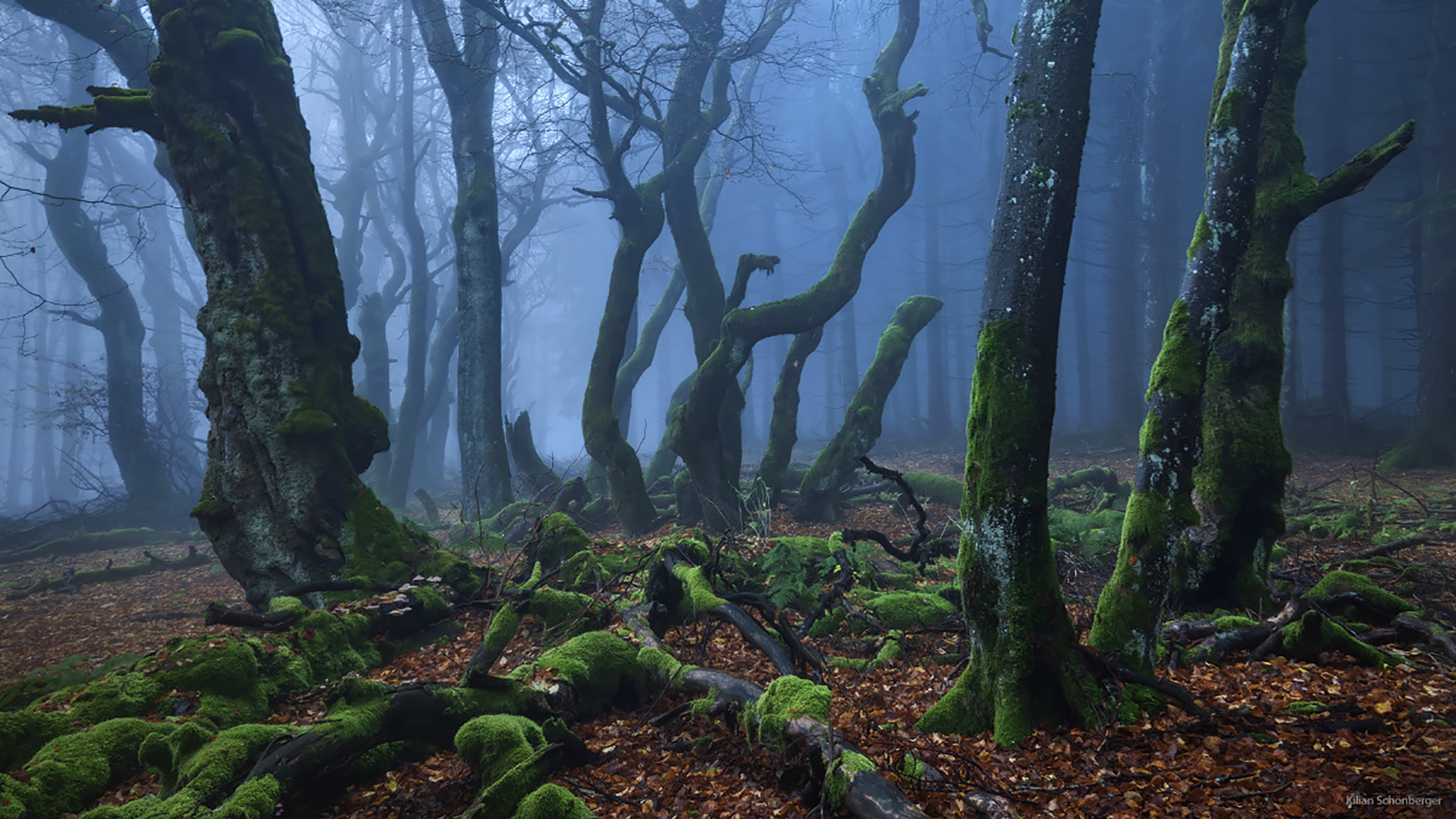
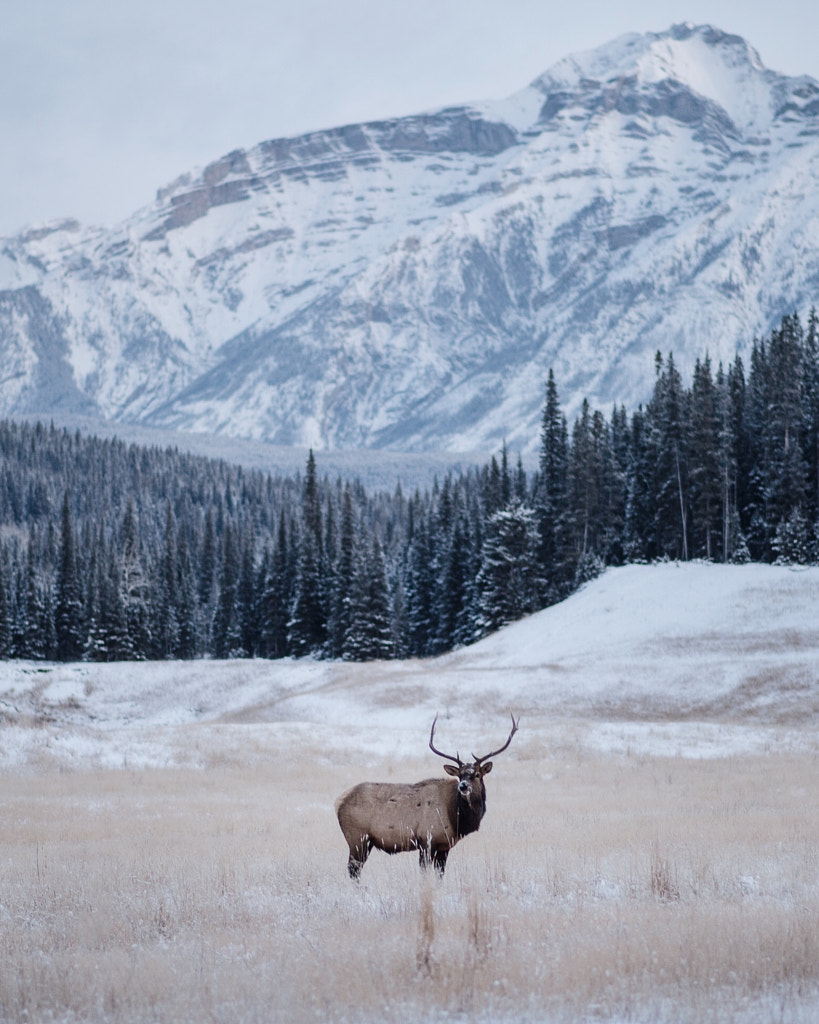
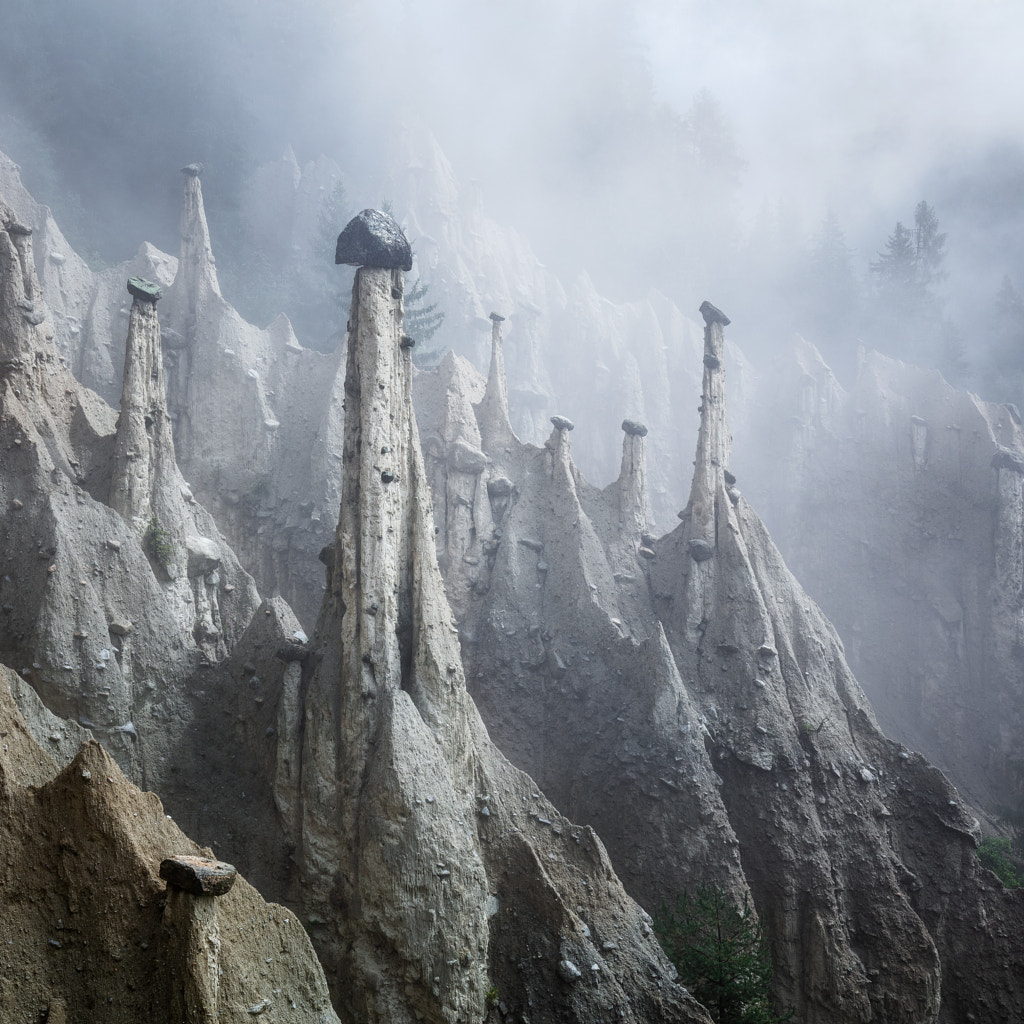

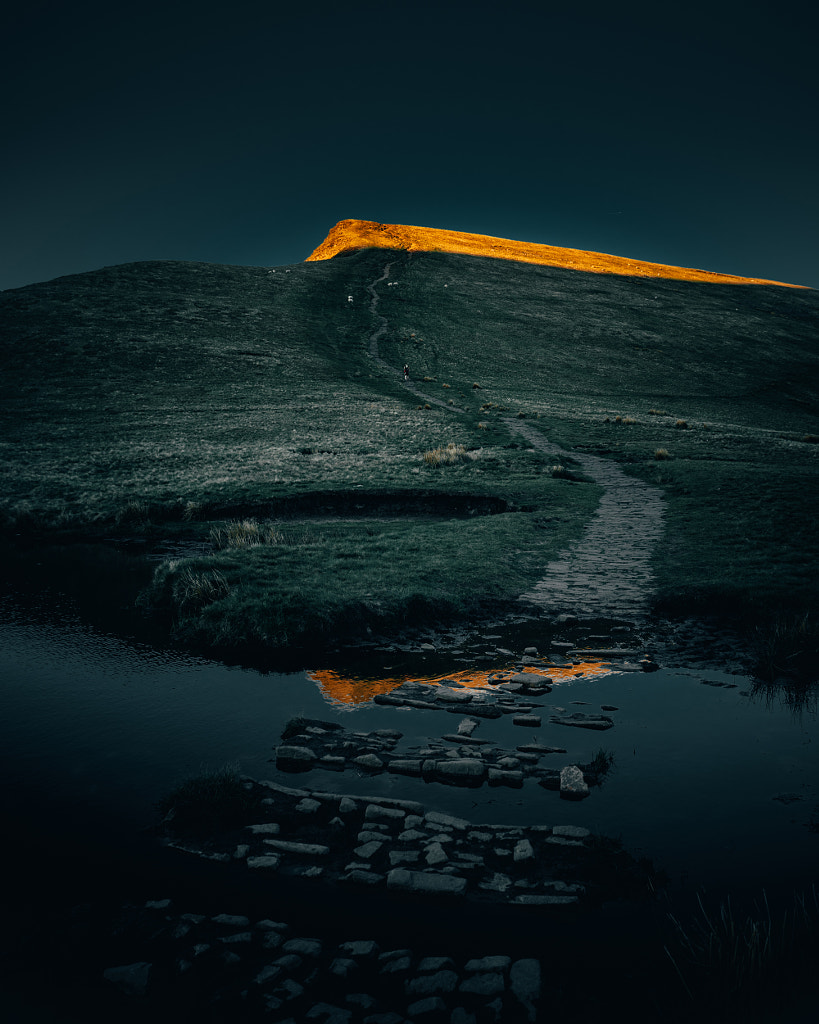

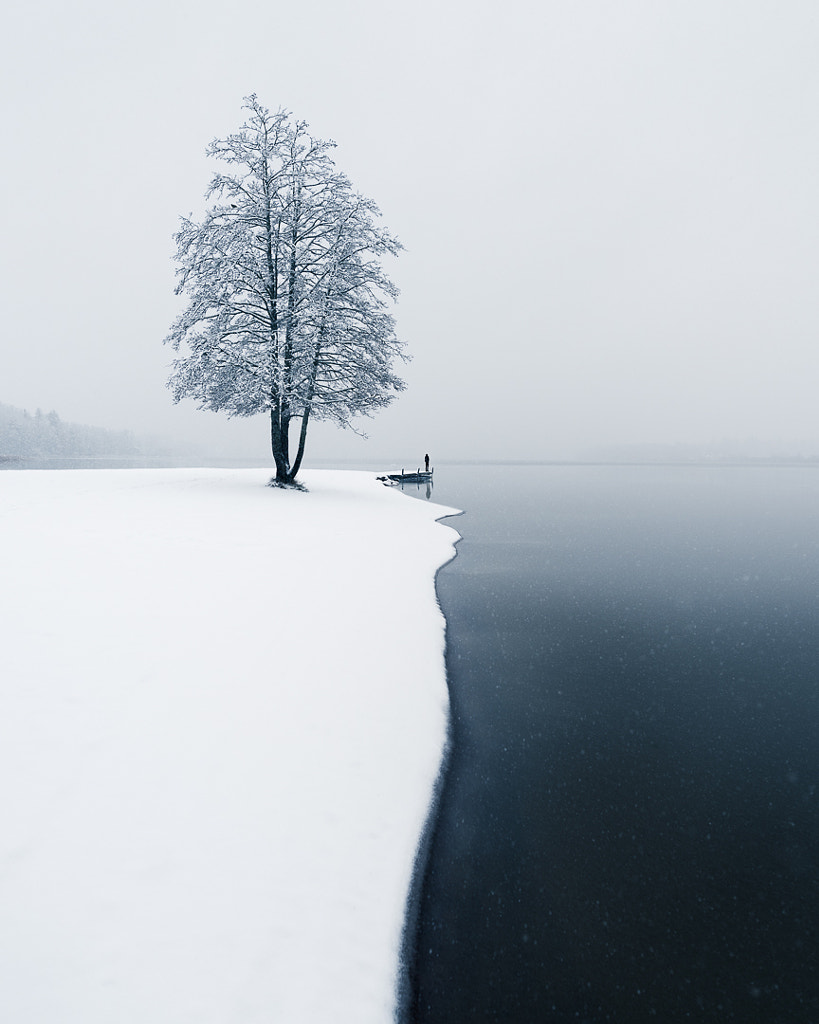

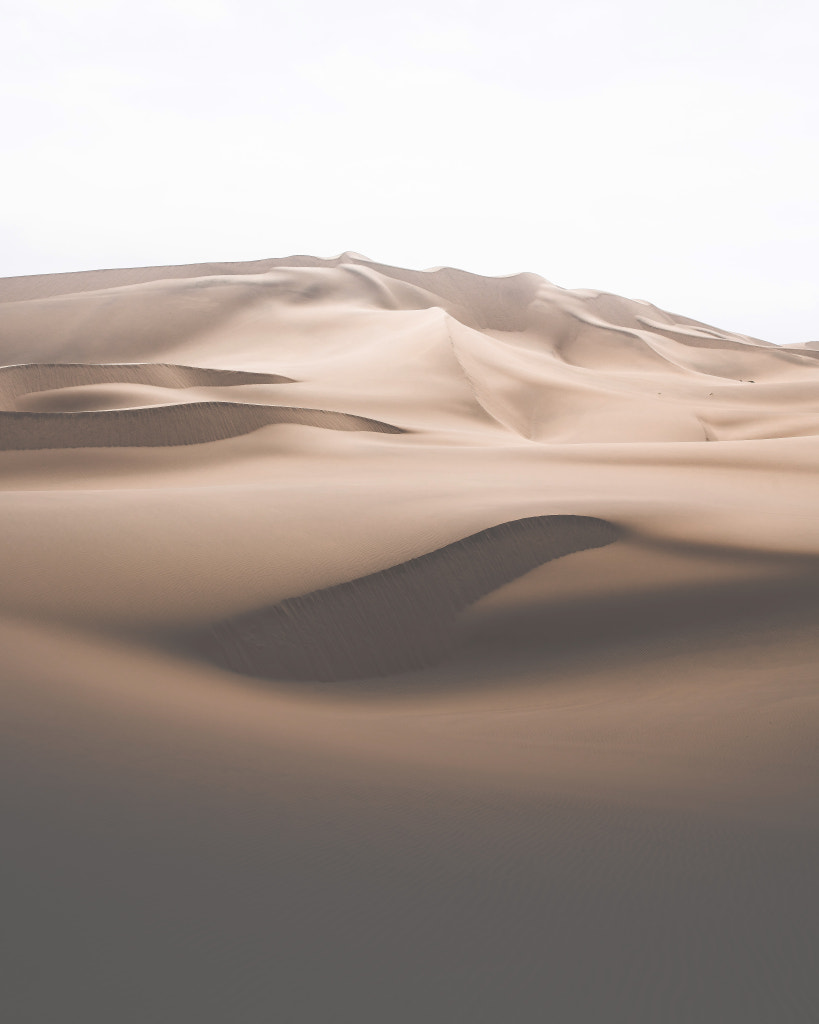

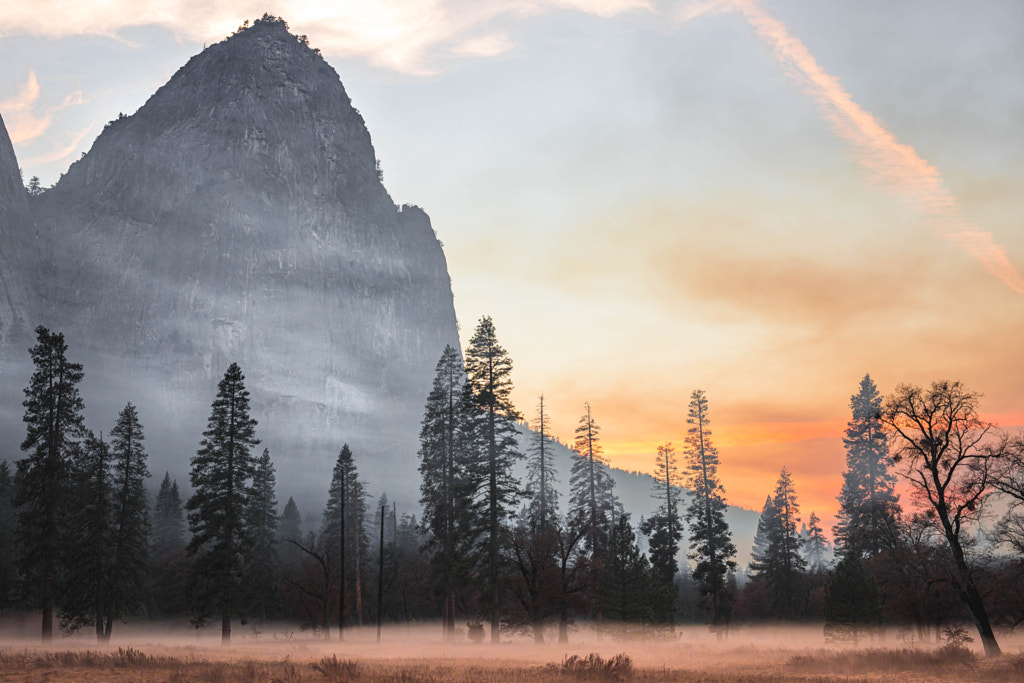
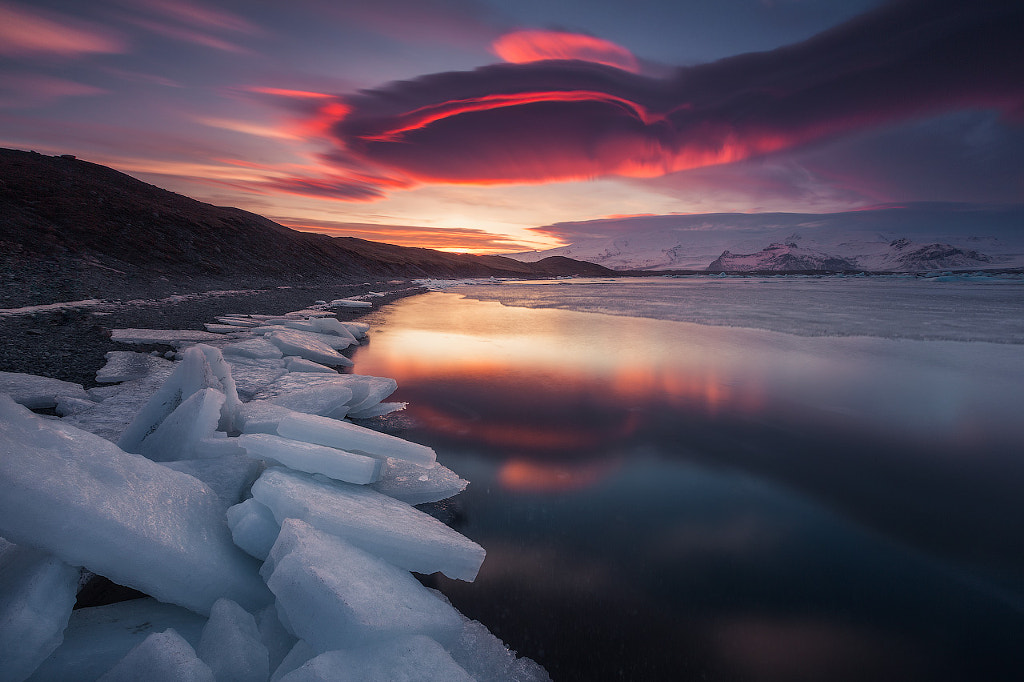


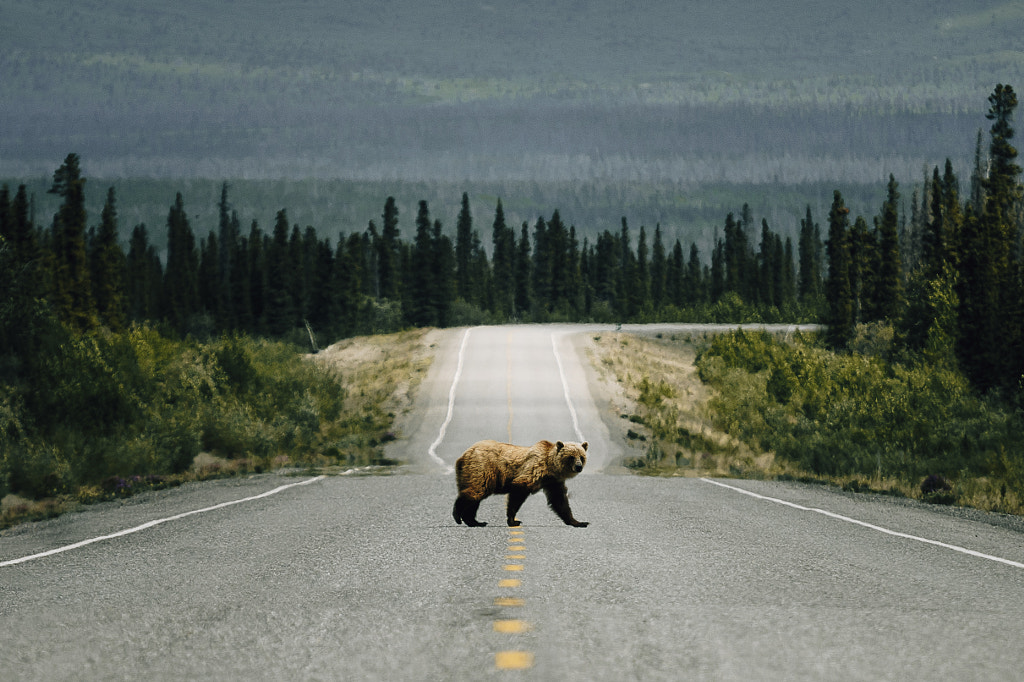



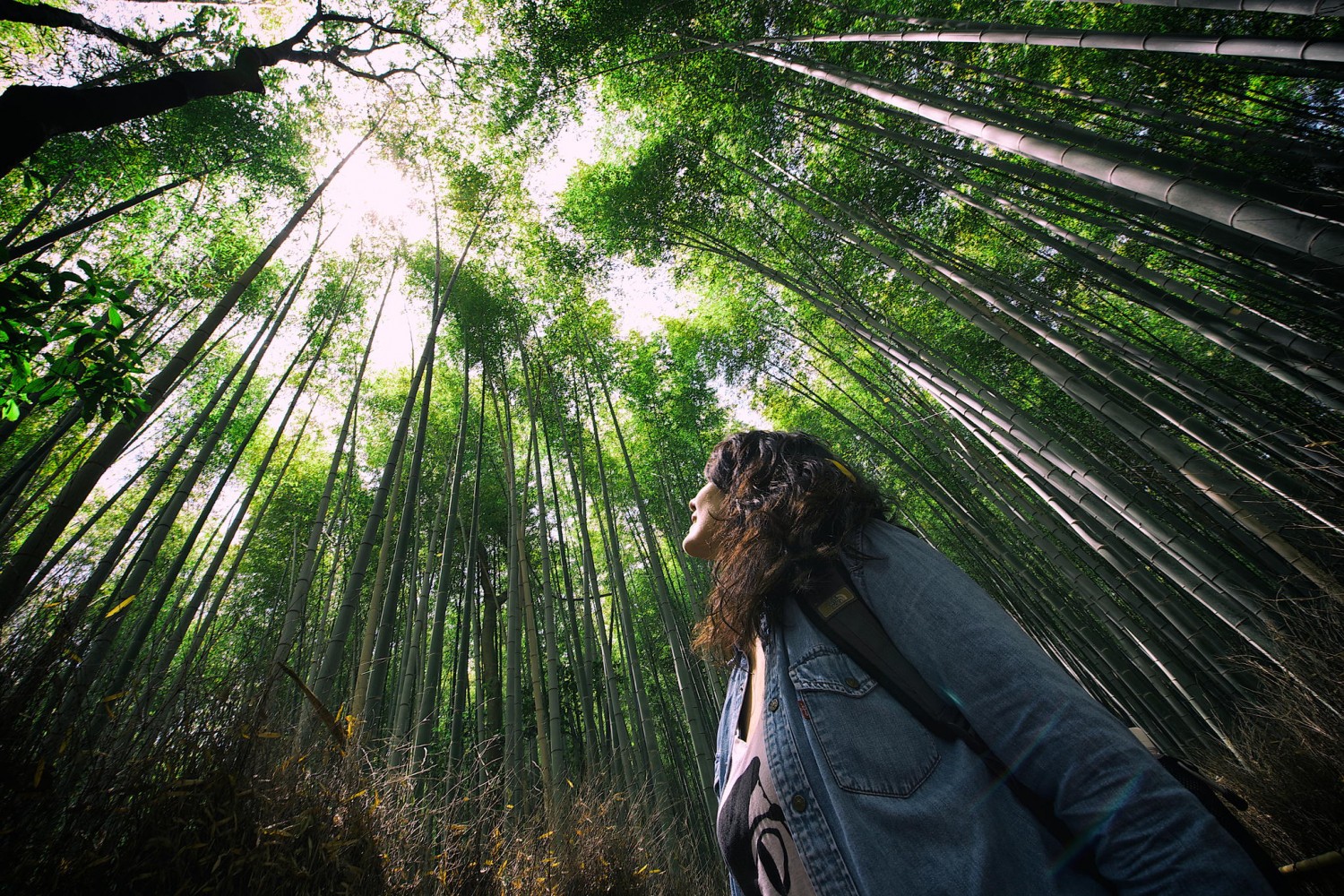

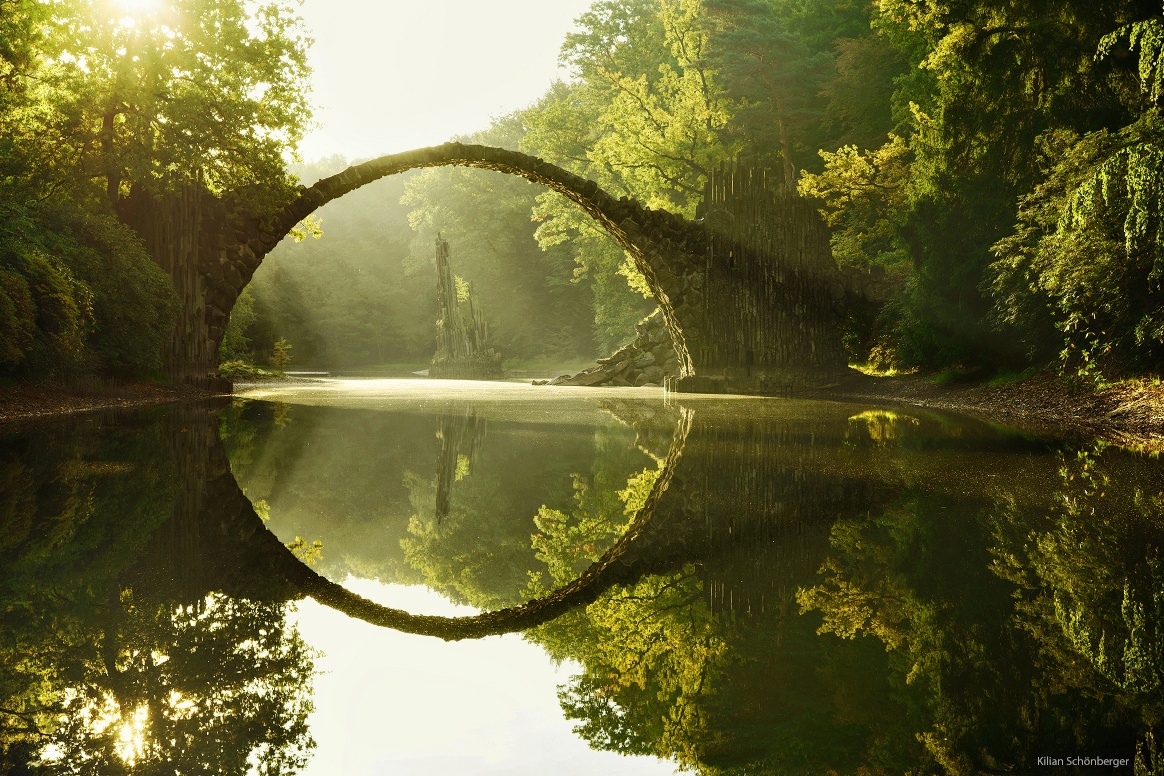
Leave a reply